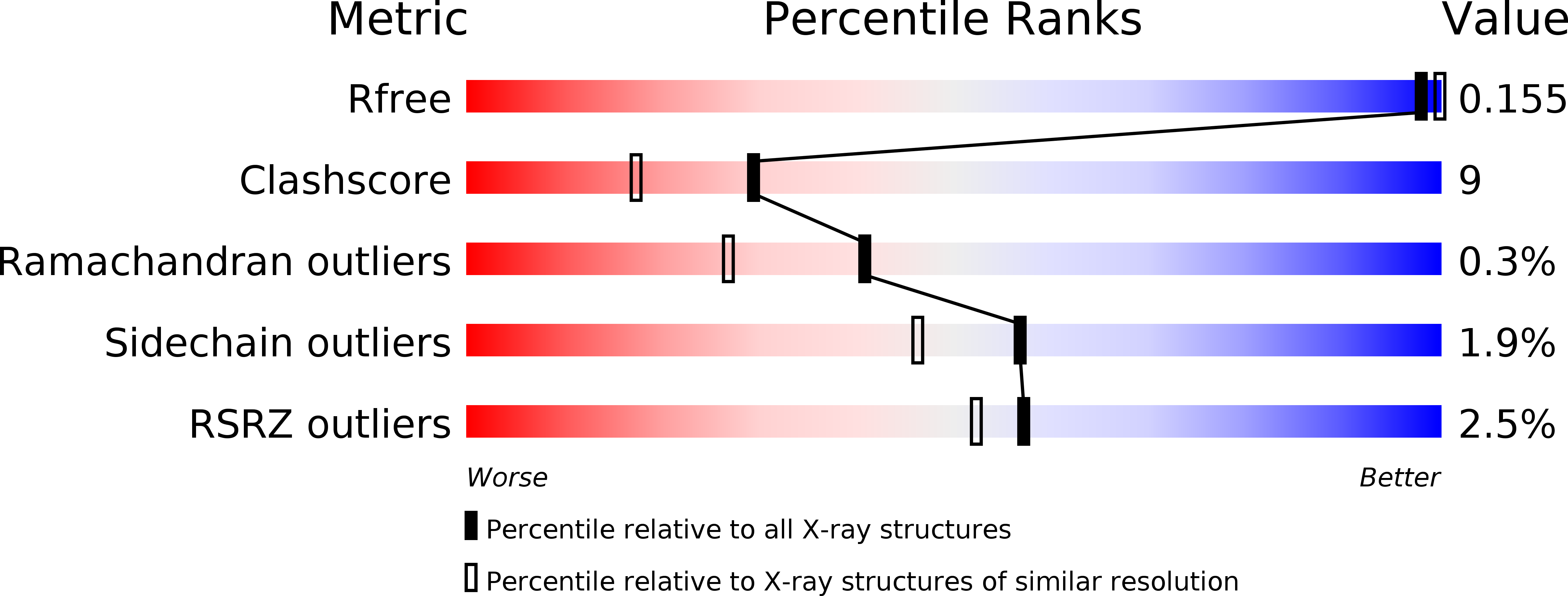
Deposition Date
2011-08-22
Release Date
2011-09-14
Last Version Date
2023-09-13
Entry Detail
PDB ID:
3TIW
Keywords:
Title:
Crystal structure of p97N in complex with the C-terminus of gp78
Biological Source:
Source Organism:
Homo sapiens (Taxon ID: 9606)
Host Organism:
Method Details:
Experimental Method:
Resolution:
1.80 Å
R-Value Free:
0.17
R-Value Work:
0.14
R-Value Observed:
0.14
Space Group:
P 32


